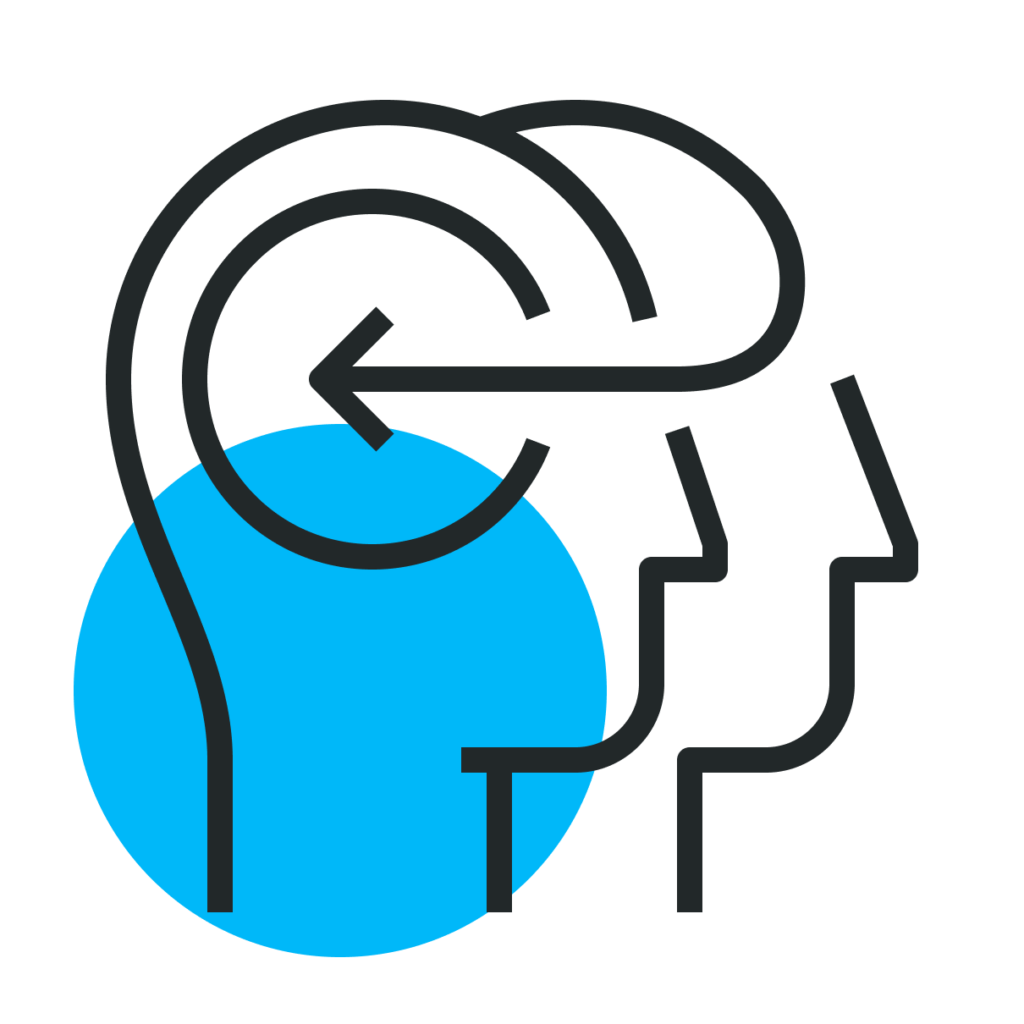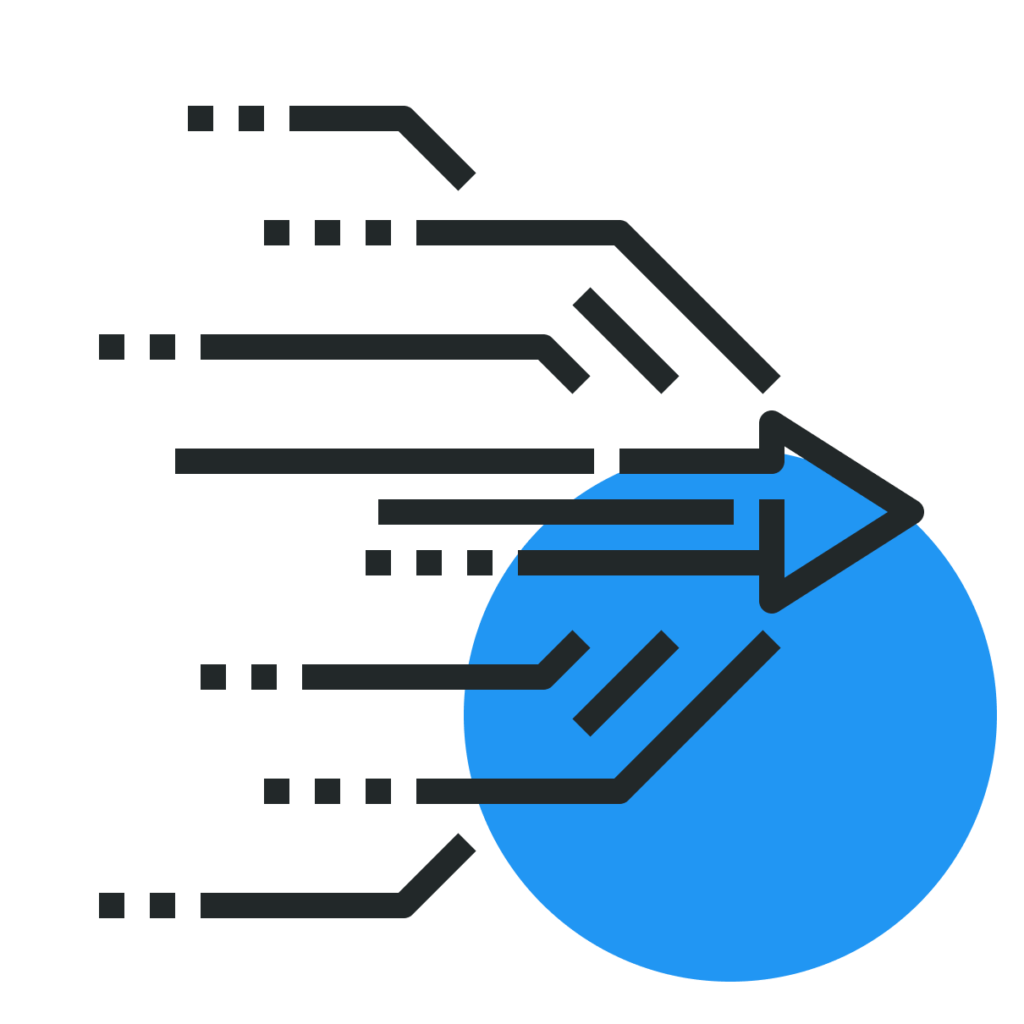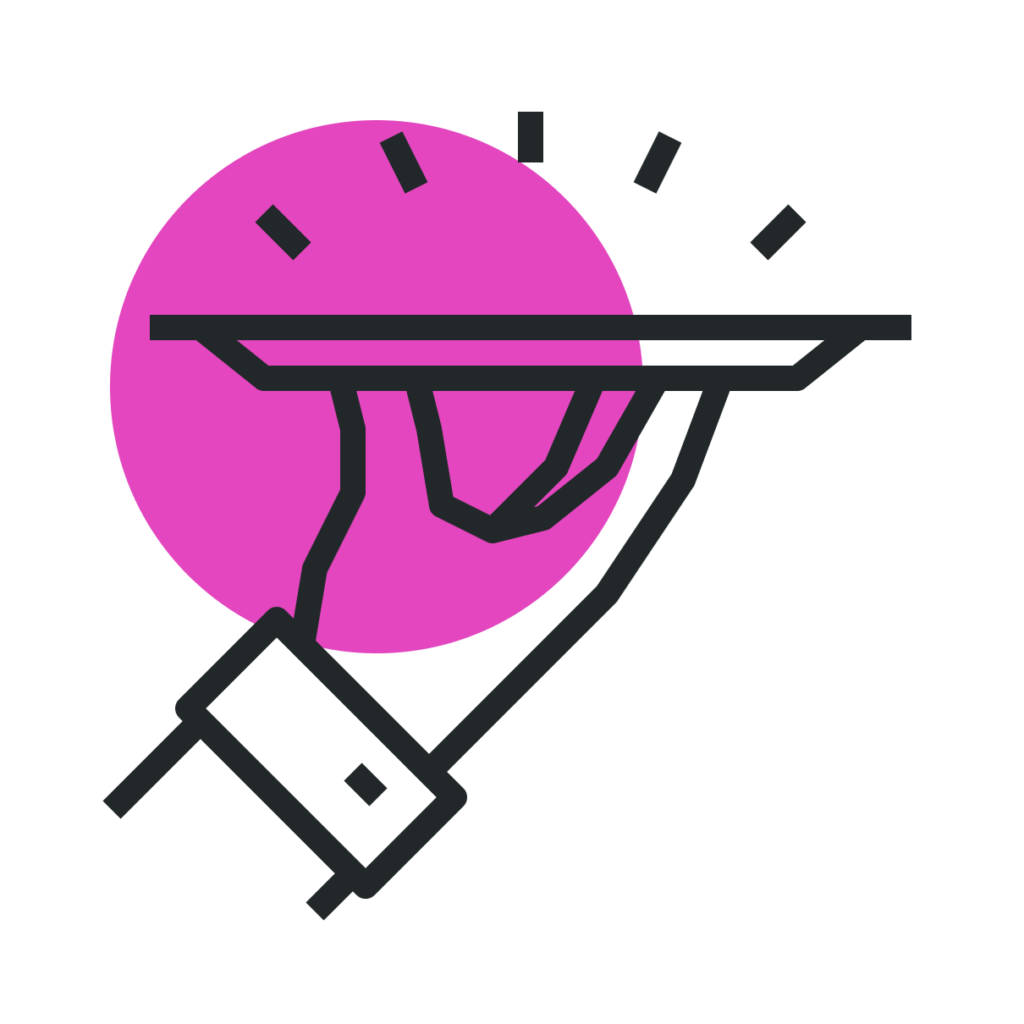Your cart is currently empty!
🎯 Here are some key takeaways:
Acknowledge this is a thing
Try not to dismiss this as something that only affects others. Recognize that it's a universal human tendency, and you're just as susceptible to it as anyone else.
You're no better than anyone else
Avoid the trap of thinking you're the exception to the rule. Instead, approach situations with humility, acknowledging that your perceptions and judgments may be just as skewed as those of others.
Challenge your initial assumptions
Make it a habit to question your first impressions and instinctive reactions. Ask yourself why you hold certain beliefs or prefer certain ideas.
You won't be able to eliminate it
Its deeply ingrained in us. However, this doesn't mean you should give up. Focus on developing strategies to minimize its impact and create systems that help compensate for it in your team's processes.
Use debiasing techniques
Promote the use of structured decision-making tools, diverse review panels, and anonymous feedback systems within your team. These techniques can help counteract individual biases and lead to more objective outcomes.



